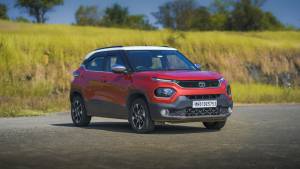2021 Tata Punch vs Renault Kiger compact crossover comparo
We're most certainly right in the middle of it now. The SUV craze that's sweeping the globe â" for most it's the simple reason that you sit higher up than you would in anything else. For us in India, it's also the placebo of being able to climb the tallest speed breakers, or ford flooded roads in a seemingly higher riding car; placebo, since most of our entry-mid hatchbacks already had enough ground clearance to do that. Still, we've had a majority of the new cars in India in the last year in the affordable SUV segment, with one aiming to take the cost of entry even lower.
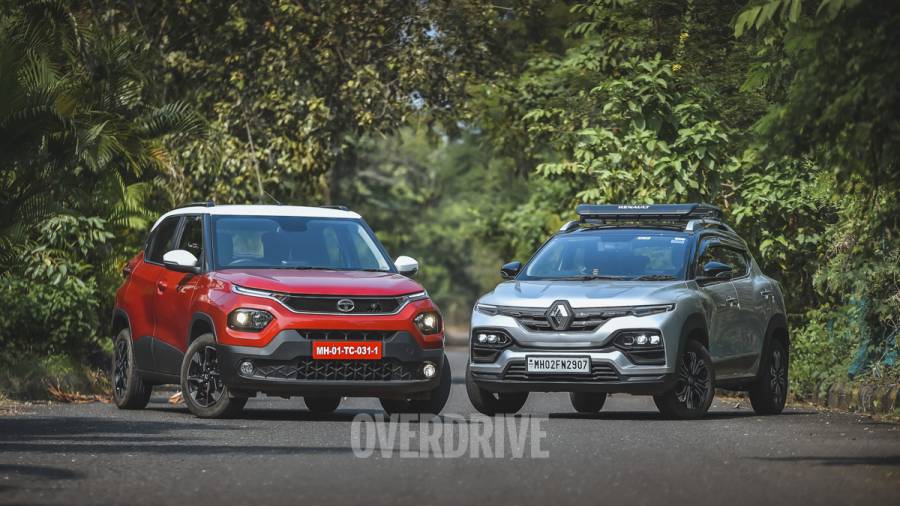
With the Tata Punch, a car we thought would be competition to the Renault Kwid, but has turned out to be competition to the larger Renault Kiger (and cousin Nissan Magnite) in terms of price, it seems Tata has gone a little further than most (at least for the AMT variant) with electronic aids to help it out in less than ideal conditions, giving it slightly more "SUV cred". On the face of it, the Punch is the smaller car, and packed with less wow-inducing features. But the Renault Kiger was a very close second in our last comparo between the Kia Sonet, Nissan Magnite and Maruti Suzuki Brezza, making it the ideal benchmark for the Punch to aim for.
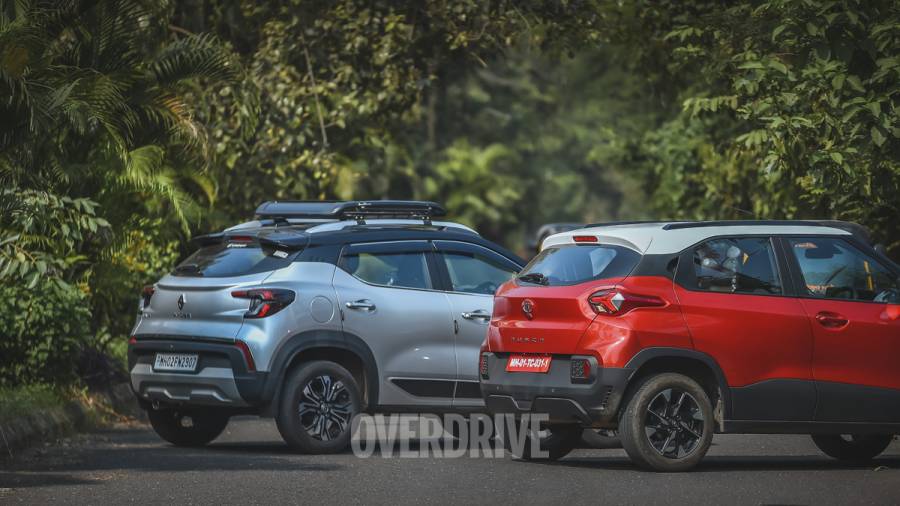
Tata Punch vs Renault Kiger styling
With either of these two cars, you're getting a vehicle that has ties to elsewhere in the family range, with similar eyebrow DRL and lower headlight placement on both. In the Tata's case, that butch, substantive connection goes as far up the range as the Harrier/Safari, from which it borrows its front end styling. For the Kiger, the reminder stretches back to the smaller Kwid and while there's no mistaking it for anything but a Renault, do you want your car/SUV to look like the smaller model in the range?
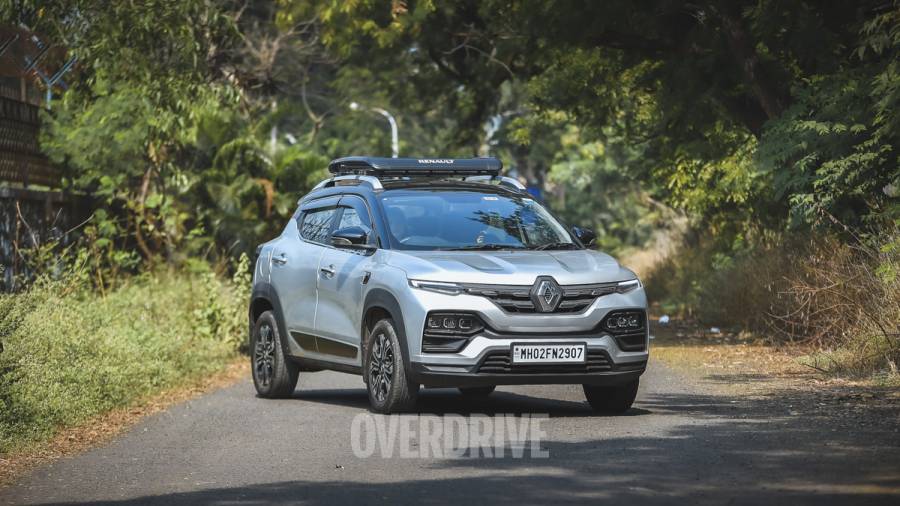

That said, the Kiger is striking to look at, with plenty of muscle and flair, though perhaps the wheel arch cladding is overdone to the extent that it makes the car look top heavy, and undertyred though its wheel/tyre combo is perfectly adequate from a mechanical point of view. Just from this point of view, the Punch looks more proportionate, though both ride on similarly shod 16-inch wheels with 195-section rubber. Imagine 16s on a small hatchback, for reference!
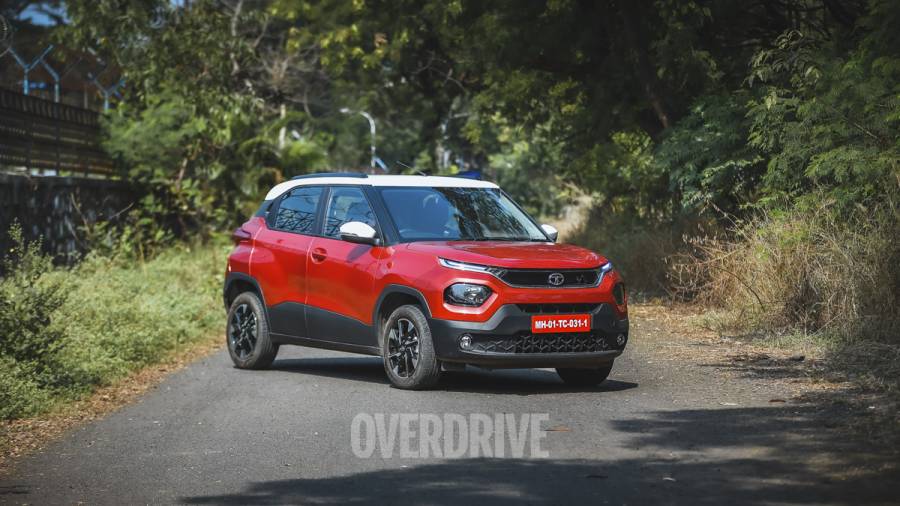
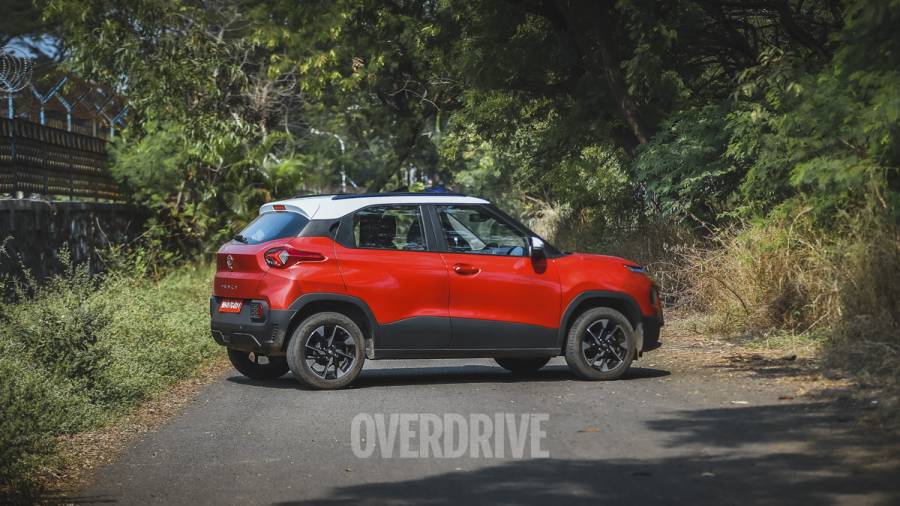
But there's no denying the massive size difference between the two â" there's a 164mm difference in length, and a 55mm gap in wheelbase, in the Kiger's favour. Though, with the sloping roof on the Kiger, and its more steeply raked windscreen, the Punch is 10mm taller, so there's that. And considering the difference in size otherwise, the Kiger is only 8mm wider, which as we'll see results in near the same space for three in the rear seat. The Kiger has more ground clearance at 205mm, to the 187mm of the Punch, though in practice both cleared the same rocky section leading to an off-road location without scraping anywhere.
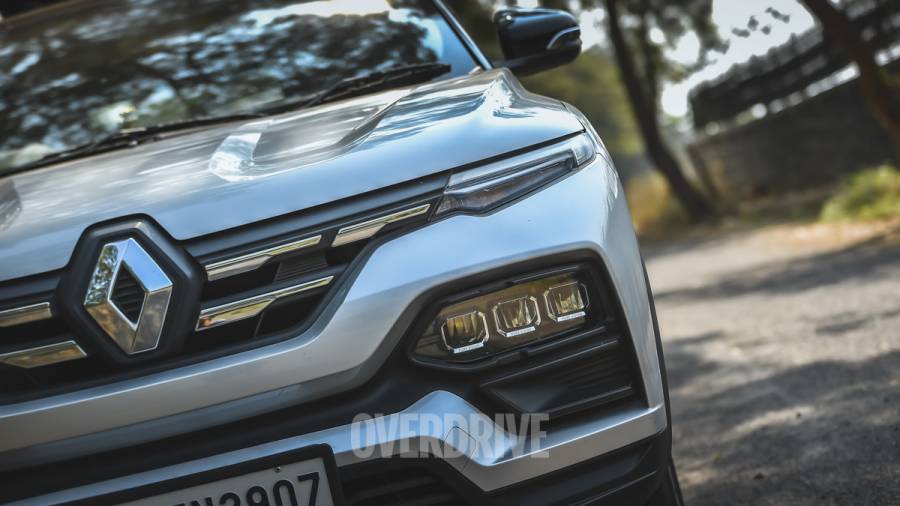
The Kiger also offers LED lighting, an advantage in terms of throw, though the Punch's headlights aren't bad either. There's novelty to the Punch's C-pillar door handles but there's also a learning curve. Fit and finish levels appear similar on both cars, with some inconsistent panels gaps on both, especially on the tailgate. The build debate would tilt in favour of the Punch, though. There's a more reassuring 'thunk' from the doors when they shut, though it's a narrow enough margin.
Tata Punch vs Renault Kiger interiors, space and ambience
That 'thunk' is indicative of the difference in perceived quality between the two. In the cabin, that perception widens just a little bit, but it's enough for me to feel like the cabin of the Punch is better put together, but there were others on the team who preferred the Kiger, so it appears to be highly personal. I appreciate the effort that Tata put into the various textures and finishes in the cabin, from the 3D-printed strip across the dash, to the inlays with the Tata signature tri-arrow motif, and layers around the AC vents, it all feels premium. Scratchy, and hard, yes; but premium.
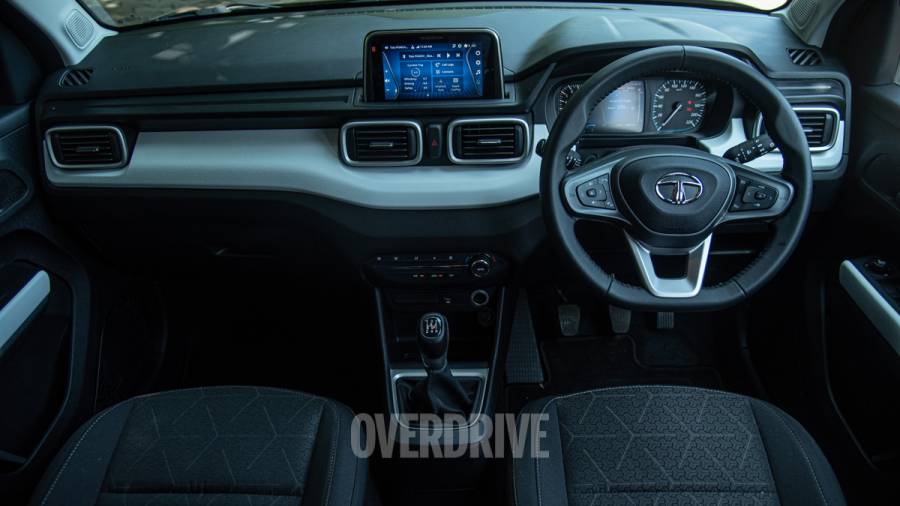
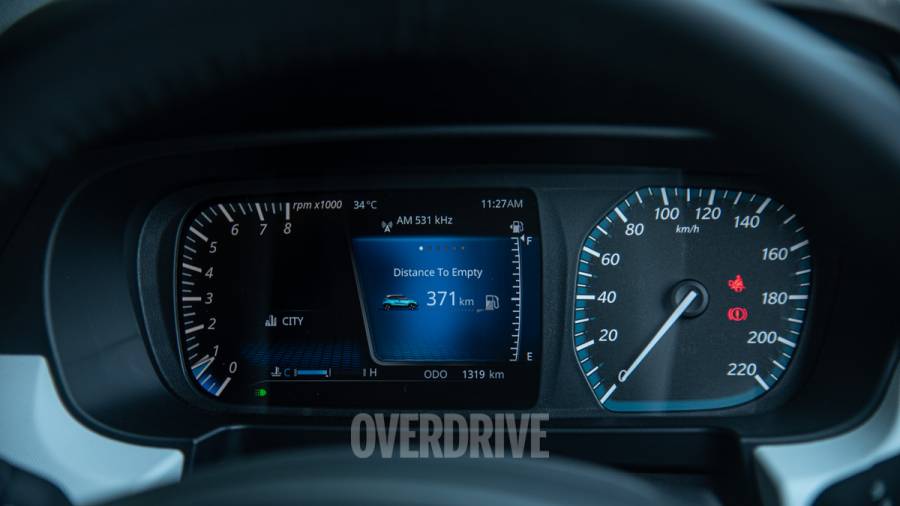
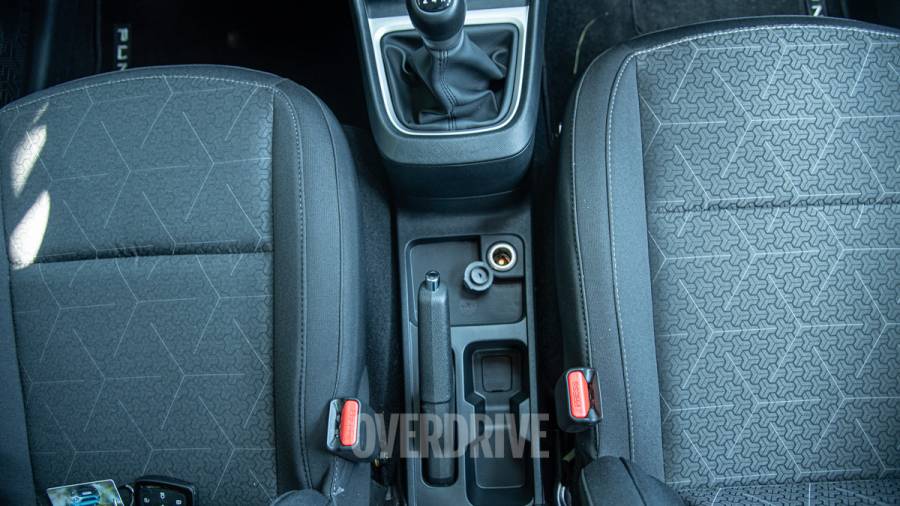
The plastics in the Kiger largely fall in the scratchy and hard category, and some areas have a little more play than I would've liked. Overall, the space utilisation in the Kiger is hard to fault, with large central storage and arm rest, two gloveboxes, separate cupholders and storage for your phone, and the like. It feels like the Punch missed out on offering a central arm rest to really seal the deal. That, and a larger infotainment screen and digital dials; the difference in size of the screens between the two cars is glaring, without even getting to the extra functionality of wireless smartphone integration that the Kiger offers.
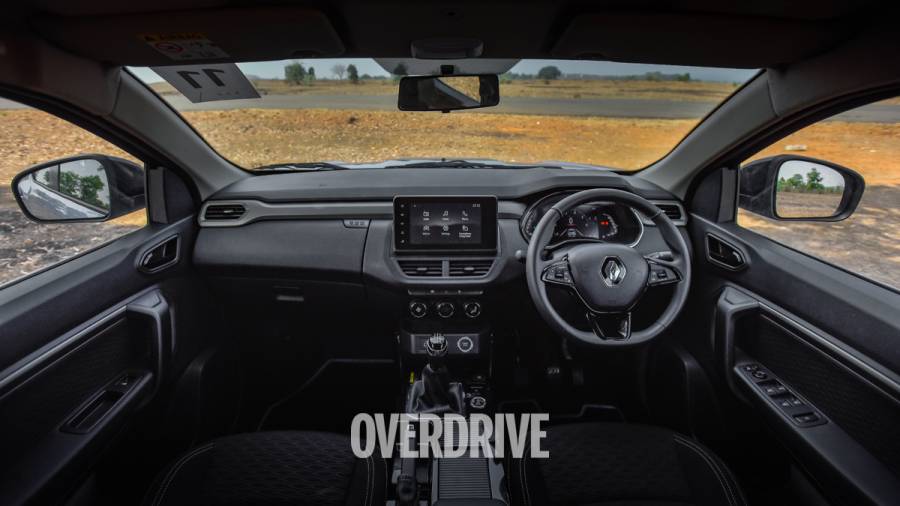
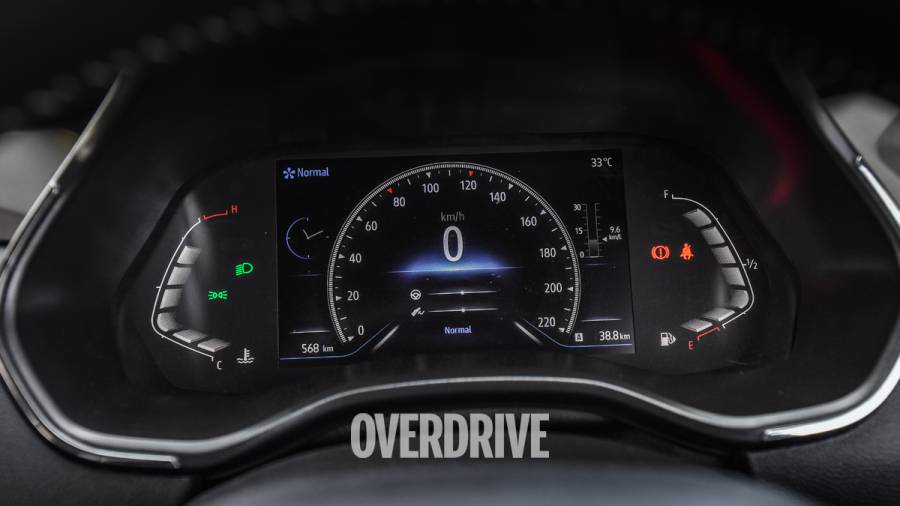
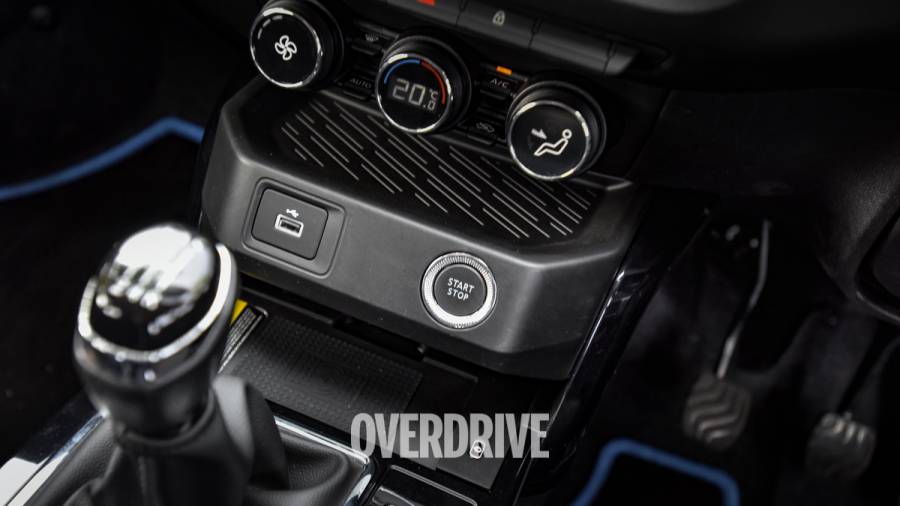
Though, both reverse cameras could do with a slightly clearer, more contrast-y display to better make out your surroundings in extreme conditions like bright sunlight, or at night. The Kiger would seem to be a little more future-proof, with the option to add spec packs that include wireless charging, better audio components and the like, while the Punch's packs are more aesthetic, though some bring features such as connected tech to the table. Both offer true keyless entry, and start/stop buttons, but the Punch surprisingly includes an automatic outer rear view mirror fold/unfold on lock/unlock, rain sensing wipers and auto headlamps, as well as cornering fog lamps. The Kiger, of course, has that LED lighting at the front, and also offers ambient lighting which does lift the feel of the cabin, though the on/off switch makes it seem like it was an afterthought.
Again, what's quite personal is the seating comfort. The Punch places you slightly lower down at its lowest setting, still with clear sight lines to the edge of the hood, while the Kiger has you sat higher up, which some people prefer â" more SUV feel that way. For me, the ergonomics of the Punch feel better sorted, since the Kiger's pedals can feel a little too close for me. Both only offer a steering that's adjustable for rake, and it's only in the Kiger's case that you'll really miss a reach adjustment. It all results in the feeling that the Punch is actually better suited to taller drivers, say nearing the 6ft mark, while the Kiger would probably work better for a shorter driver. Seat comfort is largely the same between the two at the front, with the Kiger offering slightly better lumbar support, while the Punch had slightly better under thigh support, mainly as a result of me having a more comfortable driving position.
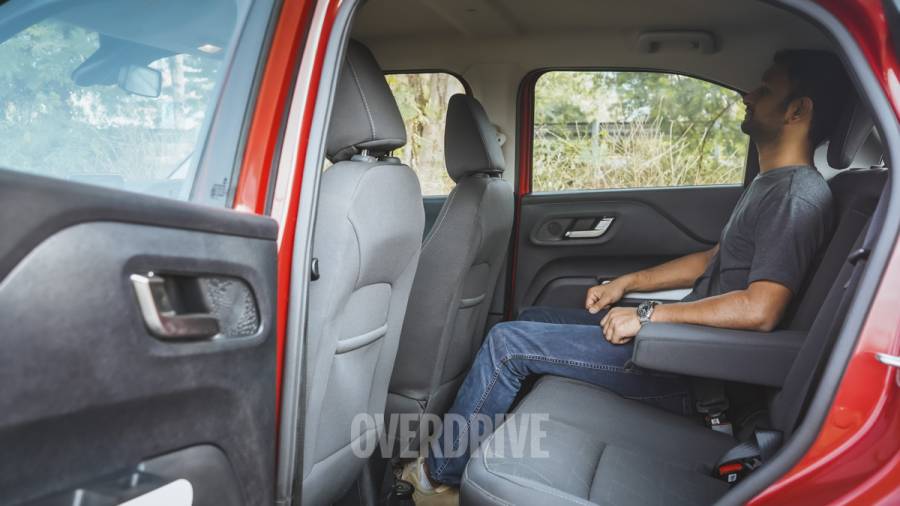
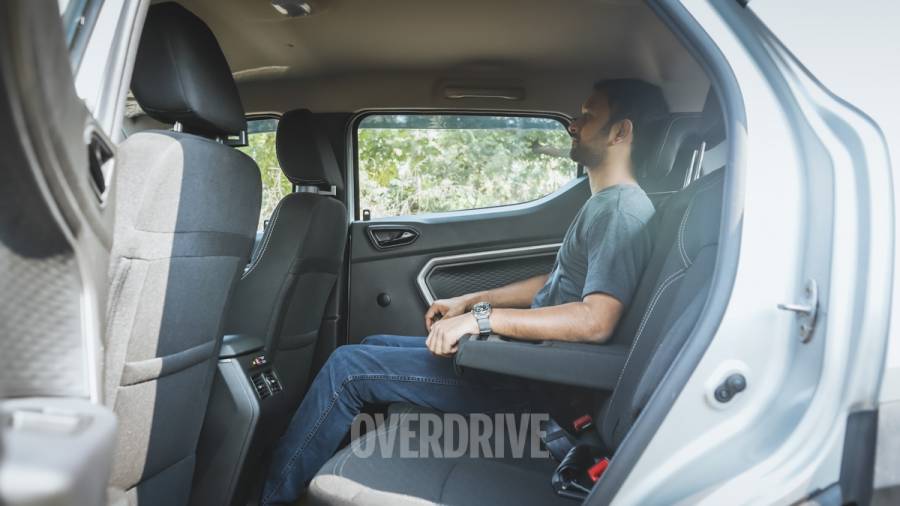
In the rear, the difference is a little more apparent, with the Kiger having the more comfortable angle of recline, and again not as intrusive lumbar support. Surprisingly, both were as tight/comfortable for three adults sat abreast, with about the same visibility out for passengers. You're sat higher up in the rear, in comparison to the front, in the Punch, though there is far more knee room in the Kiger as a result of that longer wheelbase. There's also more room for luggage in the Kiger thanks to that, with 405-litres of boot capacity versus the Punch's 366-litres. The rear seats on both can be folded flat to take in larger objects, and the loading lip on either seem to be about the same height.
Tata Punch vs Renault Kiger safety features
Of the two, only the Punch has been crash tested by the GNCAP, with a stellar 5-star rating. On safety features alone, both are about equal, with two airbags, ABS and EBD as standard. The Kiger is available with four airbags on the top two variants so that's a big plus if you're shopping at that end of the segment.
Tata Punch vs Renault Kiger engine, performance and efficiency
Here's a disclaimer that needs saying: both these 3-cylinder cars aren't exactly sprightly, but are perfectly adequate for city use. That said, the Punch, which as you may remember we said needed more power, actually feels like it has more guts than the Kiger, thanks to the higher power and torque outputs from its larger 1.2-litre motor.
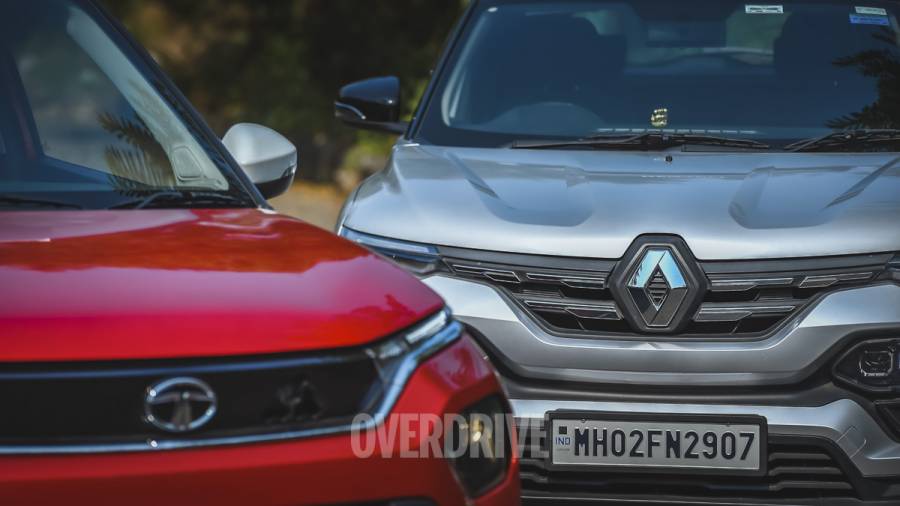
We've tested the 1.0-litre turbo in the Kiger previously, in both manual and CVT guise, and loved it, but the NA engines are what compare better. It is our first time driving the Kiger with the 1.0-litre NA, a powertrain that was sufficient in the Triber, and now feels a little less so in the Kiger when you ask for more than what city use would demand. The most immediate difference between the two is in refinement â" the Punch feels, sounds and drives more smoothly. The Kiger tends to relay vibrations up through the pedals, and gear lever, with more than a hint of drivetrain lash to boot. Gearing between the two is similar, though the Kiger's clutch felt a little heavier, and springier to operate, making city driving require just that little bit more attention than in the Punch. The shift action of both 5-speed gearboxes is another major area of difference â" the shift gates in the Punch aren't as well defined, with first gear feeling a little sticky on our test car. The shifts feel a little more mechanical on the Kiger, while some people may prefer the smoother, slightly slurred shifts between gears on the Punch.
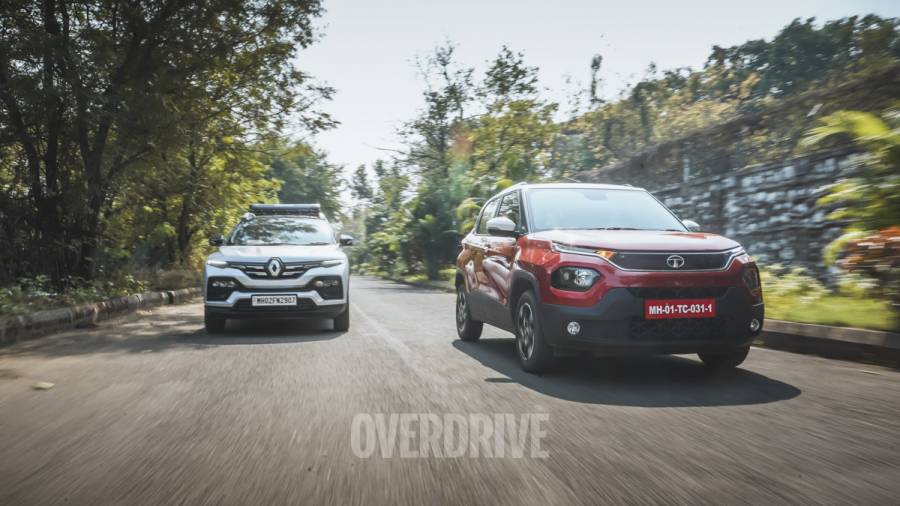
In outright acceleration, the Punch has a very minor advantage, which grows when we get to roll-on acceleration, especially in the higher speed metric, which shows that there really is no replacement for displacement. Except, we think something like the new Maruti Suzuki Celerio (with its 1.0-litre NA petrol) may feel more sprightly still, if only by a slim degree. The Kiger does offer more varied drive modes, that make a larger difference, and while the Sport mode is easily the most exciting mode to be in, fuelling at low speeds doesn't seem to be as smooth as on the Punch.
Tata Punch vs Renault Kiger ride and handling
Once again, the smaller Punch impresses more highly with the sophistication of its ride quality in comparison to the Kiger. The first time we drove the Punch, we noted a slight firm edge to the ride, that we didn't notice this time around. A quick check of tyre pressures revealed that it was under inflated by 3-4psi, which explained the difference. Bringing it back up to spec still didn't introduce the sort of hard edge we experienced on that car and the other variant we briefly drove at that point. The only explanation is that the ride has softened up more with more mileage under its belt. It does round off sharper edges quite well, and generally feels more pliant than the Kiger. It's also more silent than the Kiger, whose suspension set up can get quite noisy on a bad stretch of road. Again, the Kiger, with similar mileage on our example borrowed from a friend, seems to have aged with not quite as much grace.
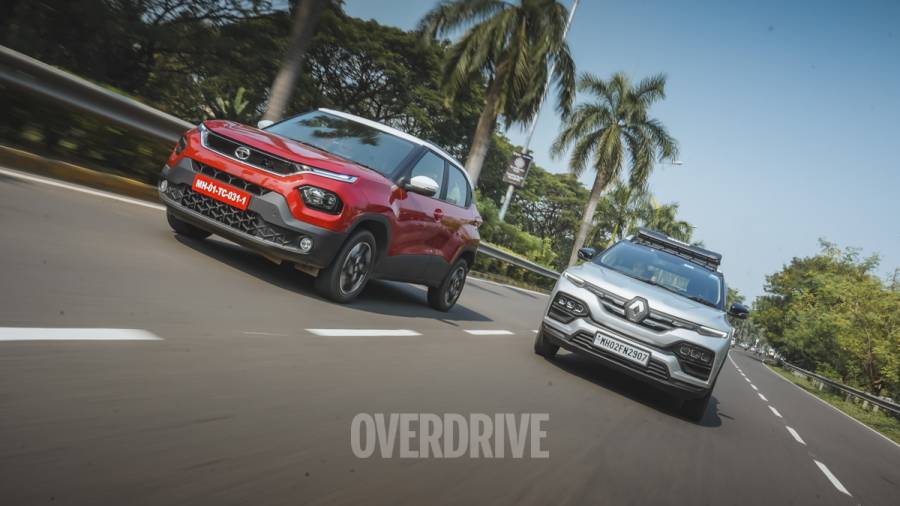
The steering on the Kiger, which has weight dependant on the drive mode you select, still manages to feel inconsistent between standstill and low parking speeds, sometimes feeling heavier than required, and sometimes feather light. It's a story that sometimes occurs even at speed, but when it's not doing that, it's precise and offers good feedback. The Punch just managed to feel better weighted at all speeds, though, meaning your confidence stays with the car. Both roll and lean similar amounts if you throw them into corners, and hold their lines similarly well, though it would appear the Kiger's larger area on the road may contribute a higher feeling of stability under certain circumstances. Out on the highway at triple digit speeds, especially.
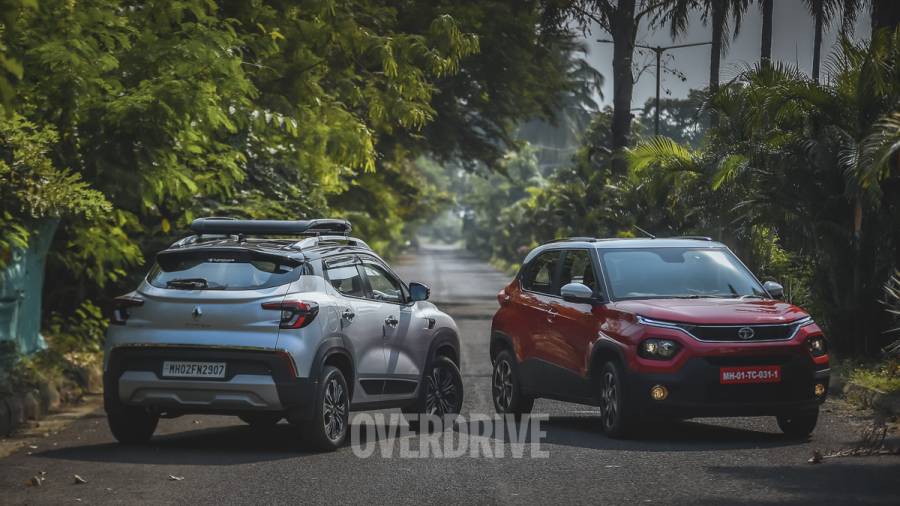
Tata Punch vs Renault Kiger verdict
While the Punch is the better driving car, it's not an altogether easy recommendation considering we think Tata may have got a little ambitious with the pricing on it. If it were Rs 50,000 to Rs 1 lakh more affordable, it would be an easy call to go with it. But the Kiger does offer more frills, for less money, not to mention more space. For the Punch's better dynamics, and inherent characteristics, it wins this comparo and is the car I'd prefer to drive around, but for a family of four, or five, you might be better off with the Kiger.
Also read,Â
2021 Renault Kiger road test review
2021 Tata Punch road test review
Photography by Sumit Gaikwad
Starts Rs 5.45 Lakhs
999cc
CVT
72
152
-NA-
Starts Rs 5.49 Lakhs
1199cc
Automatic
86
113
-NA-
Starts Rs 6.71 Lakhs
1493cc
Automatic
83
250
-NA-
Starts Rs 7.99 Lakhs
1462cc
Automatic
103
136.8
19.80 Kmpl
Starts Rs 4.99 Lakhs
998cc
Automatic
67
89
26 Kmpl
Starts Rs 5.59 Lakhs
999cc
CVT
100
152
17.7 Kmpl
Starts Rs 4.5 Lakhs
999cc
Automatic
68
91
-NA-


